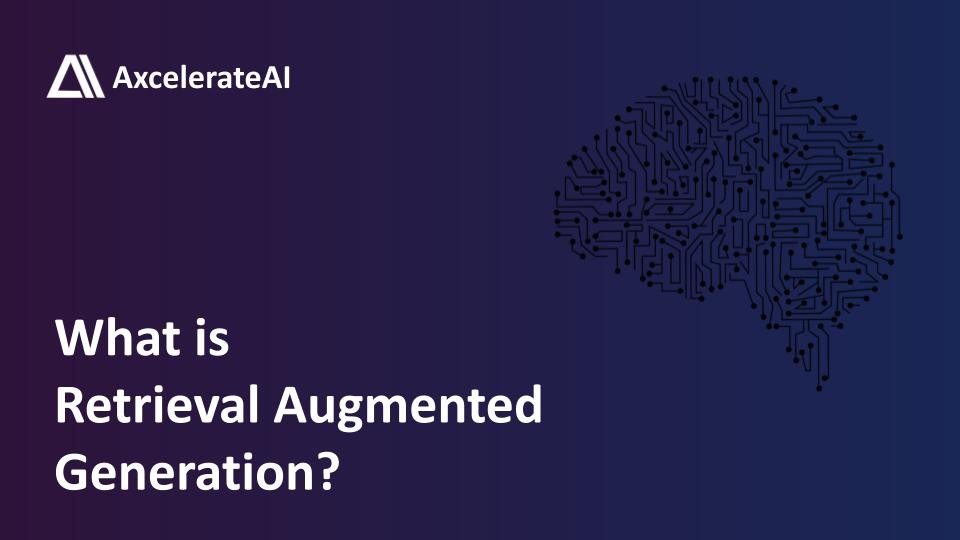
Retrieval Augmented Generation - Connecting LLMs with your Knowledge Base
Large language models (LLMs) have significantly transformed the way we interact with information. However, LLMs have some limitations, one of which is that their training data, while enormous, may not include data that you want them to use while answering questions. For example, suppose that you run a financial consultancy business and have internal, private data that is not published anywhere on the internet. This means that the LLMs did not have access to that data while training, and so cannot answer any questions related to it. This is where retrieval augmented generation (RAG) systems come in which allow you to seamlessly connect LLMs with your own knowledge databases.
In this article, we will explore in more detail what RAGs are and go through some real-world examples.
What is Retrieval Augmented Generation?
Retrieval augmented generation (RAG) systems combines the generative powers of LLMs with information retrieval abilities typical of search engines. By doing so, RAG enables models to access a wealth of external information during the generation process, leading to more informed and contextually accurate outputs. This method is in contrast to the standard approach where LLMs generate responses based solely on their pre-trained data.
There are generally two main components of a RAG system:
领英推荐
Use Cases of RAG Systems
An application of RAG is in the customer service industry. For instance, a telecommunications company might use a RAG-enabled model to handle customer queries. When a customer asks a specific question about their billing plan, the RAG model can retrieve the most recent and relevant billing information and policies from the company’s knowledge base to provide a precise answer. This not only improves the customer experience but also reduces the workload on human agents.
Another significant application of RAG is in research and development sectors, especially in fields like pharmaceuticals and biotechnology. Researchers can use RAG-integrated models to pull data from scientific papers and internal research documents and answer questions. This will allow researchers to simply query the RAG system with any questions mitigating the need to go through dozens of documents to find the relevant information.
Challenges in Implementing RAG
While the benefits are substantial, there are several challenges that organisations may face when implementing RAG:
Are you interested in implementing a RAG system for your organisation? Contact us at [email protected] to book a consultancy session on the best practices of implementing RAG.
Software Engineer at Ibex Global
6 个月Very informative thank you sharing.